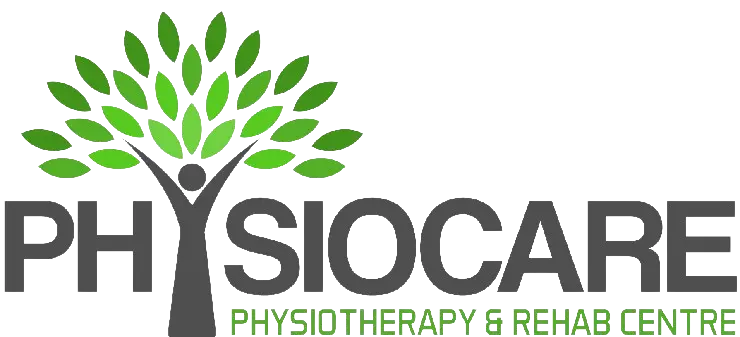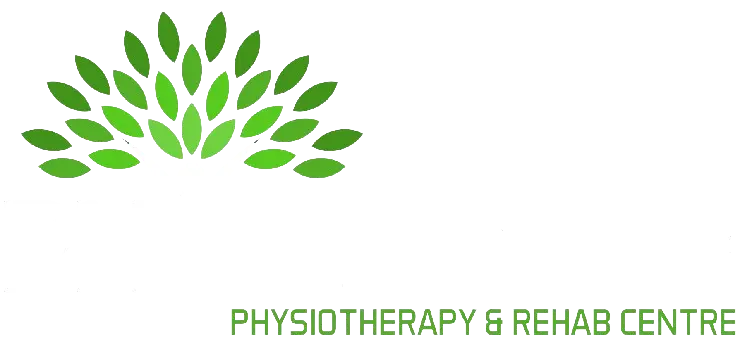
Aquatherapy Benefits for Fibromyalgia | Aqua Therapy & Physiotherapy in Ottawa
Living with fibromyalgia can feel like carrying an invisible weight — one made heavier by constant pain, fatigue, and stiffness. While medication can help, many people are turning to natural, movement-based therapies for long-term relief.
Aquatherapy and Its Benefits for Fibromyalgia Relief
Living with fibromyalgia can feel like carrying an invisible weight — one made heavier by constant pain, fatigue, and stiffness. While medication can help, many people are turning to natural, movement-based therapies for long-term relief. One such powerful yet gentle option is aquatherapy, widely offered through aqua therapy in Ottawa programs, also known as aquatic therapy or hydrotherapy.
In this blog post, we’ll dive into what fibromyalgia is and how warm water can become your ally in managing it.
What is Fibromyalgia?
Fibromyalgia is a chronic condition that causes widespread pain, persistent fatigue, and heightened sensitivity to touch. Many people also experience:
- Sleep problems
- “Fibro fog” (trouble with memory and concentration)
- Stiffness
- Anxiety or depression
While the cause isn’t fully understood, researchers believe fibromyalgia involves overactive pain signaling in the nervous system. It’s more common in women and is often triggered by stress, infections, or physical trauma.
There’s no one-size-fits-all cure, but combining medication, education, stress reduction, and exercise—especially low-impact exercise—can be life-changing.
What is Aquatherapy?
Aquatherapy involves performing guided exercises in warm water, often under professional guidance like that at Physiocare Physiotherapy and Rehab Centre—experts in physiotherapy in Ottawa, usually under the care of a physiotherapist or aquatic therapist. The water isn’t just a gentle cushion—it’s a therapeutic tool. It:
- Reduces pressure on joints and muscles
- Adds natural resistance to build strength
- Soothes the nervous system
- Promotes safe movement without triggering pain
Therapeutic Properties of Water
1. Buoyancy: It is the upward force water exerts on the body, reducing the effects of gravity.
Benefit: Supports body weight, reduces stress on joints, muscles, and bones. This makes movement easier and less painful, which is essential for people with fibromyalgia who often experience pain from even light impact or pressure.
2. Hydrostatic Pressure: It is the pressure exerted by water on the body’s surface when submerged.
Benefit: Helps improve circulation, reduce swelling (edema), and support joint alignment. It also creates a gentle compression that may aid in pain relief and muscle relaxation.
3. Viscosity / Resistance: It is the natural resistance water provides to movement in all directions.
Benefit: Enhances muscle strength and endurance without using weights. It allows for controlled, safe resistance training that’s low-impact and adjustable based on speed and range of motion.
4. Thermal Conductivity (Warmth) : Water can retain and evenly distribute heat.
Benefit: Warm water (33–35°C or 91–95°F) relaxes muscles, reduces muscle spasms, improves flexibility, and relieves pain. This is especially important for fibromyalgia, as warmth helps desensitize pain receptors.
5. Drag Force: It’s the resistance encountered as the body moves through water.
Benefit: Encourages slow, deliberate movement, which promotes better motor control and reduces the risk of injury. It also adds a gentle challenge for coordination and balance.
6. Turbulence: It’s the irregular movement of water caused by motion within the pool that can offer a source of resistance.
Benefit: Challenges the body’s stability, helping to improve core strength, balance, and proprioception (body awareness). It also stimulates sensory input, which can help recalibrate nervous system sensitivity in fibromyalgia.
7. Refraction and Light Diffusion: Light bends in water, and visibility is altered due to the effect.
Benefit: Reduces visual stress and creates a calming environment. This sensory reduction can be soothing for people who are sensitive to light or have sensory overload (often seen in fibromyalgia or chronic pain conditions).
Why These Properties Matter in Therapy
Together, these water properties create a supportive, low-stress, and highly adaptable environment for movement, rehabilitation, and pain management. For people with fibromyalgia, this means:
- Lower pain levels during and after exercise
- Increased confidence to move without fear of flare-ups
- Gradual improvements in strength, endurance, flexibility, and mental well-being
How Aqua Therapy Helps with Fibromyalgia
Here are six ways that water can help ease the daily challenges of fibromyalgia:
1. Pain Relief
Warm water calms the body and mind. It loosens tight muscles, improves circulation, and reduces the strain that land-based exercises can put on sore joints.
2. Improved Flexibility and Strength
Aquatic exercises gently increase range of motion while the water’s resistance helps build strength—without the pain that traditional workouts might trigger.
3. Less Fatigue
Because it’s low-impact, aquatherapy allows you to stay active without overexerting yourself. Many people feel more energized after water sessions.
4. Better Sleep
Fibromyalgia and poor sleep often go hand-in-hand. The relaxation that follows an aquatic therapy session can improve your sleep quality over time.
5. Boosted Mood
Being in water can be deeply calming. Add in light movement and social interaction in group classes, and you have a powerful mood booster. Studies show reduced anxiety and depression in those who regularly do aquatic therapy.
6. Improved Daily Function
As strength, mobility, and confidence increase, everyday tasks—from walking to housework—become easier and less painful.
What the Research Says
Several studies support the benefits of aquatic therapy for fibromyalgia. A major meta-analysis published in Clinical Rehabilitation (2014) showed significant improvements in:
- Pain
- Fatigue
- Physical function
- Quality of life
Organizations like the European League Against Rheumatism (EULAR) now recommend exercise—including aquatherapy—as a first-line treatment for fibromyalgia.
What to Expect in a Session
A typical aqua therapy program for fibromyalgia includes:
- Water temperature: 33–35°C (warm and soothing)
- Session length: 30 to 60 minutes(offering a mix of cardio training, resistance training and flexibility exercises)
- Exercises: Light aerobic movements, stretching, strength training, and relaxation
- Frequency: 2 to 3 times per week
Final Thoughts
Aquatherapy is more than just gentle exercise—it’s a whole-body, mind-soothing therapy that meets people with fibromyalgia where they are: in pain, in need of relief, and searching for hope.
If you’re looking for a safe, enjoyable way to move, heal, and feel better—the water may just be your best medicine.
By: Prateeksha Viradiya Registered Physiotherapist | Operations Manager
Certified in Pelvic Floor, Lymphedema, Acupuncture, and Dry Needling
Certified ROST Therapist | RAPID Treatment Specialist
Physiocare Physiotherapy and Rehab Centre


Joy
July 5, 2025Do you direct bill OHIP and/or Canada Life?
Prateeksha Viradiya
July 7, 2025Yes we do bill insurances. We are not an OHIP clinic but certainly can bill extended health insurance.
Let me know if you have any further questions.
Barbara Nolan
July 27, 2025Suffering from lower back pain.
Prateeksha Viradiya
July 28, 2025We can definitely help you not just aquatgerapy but we have lots of treatment modalities that can help